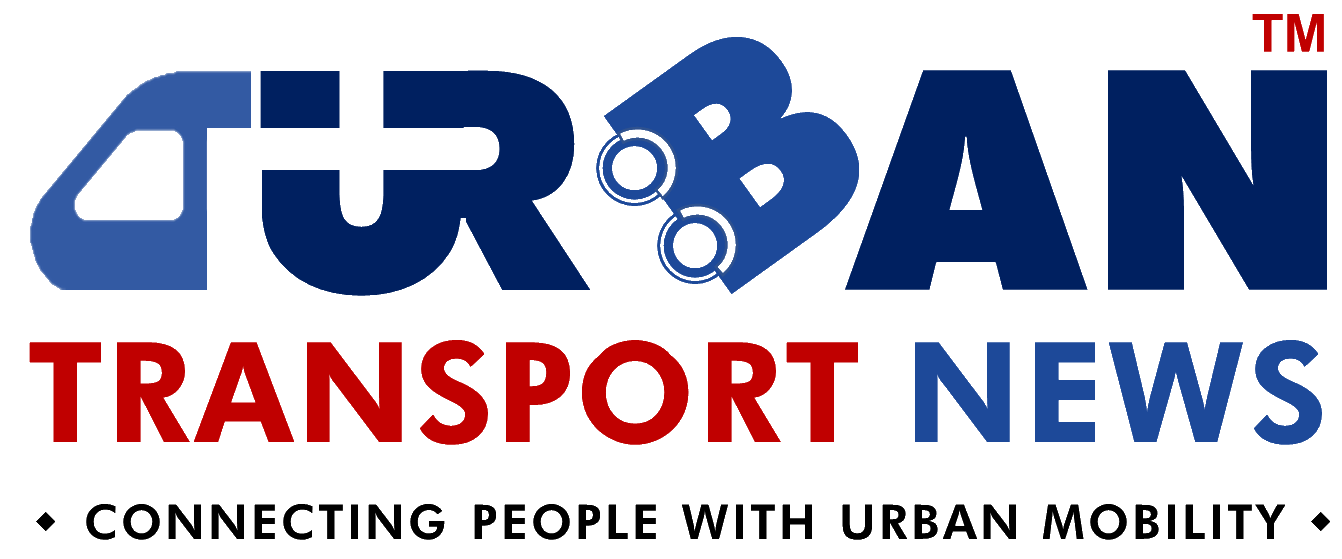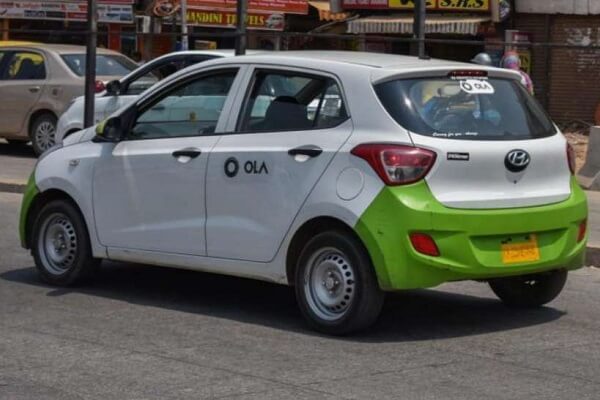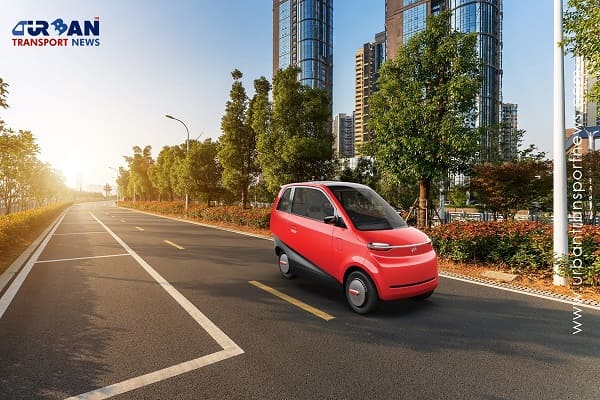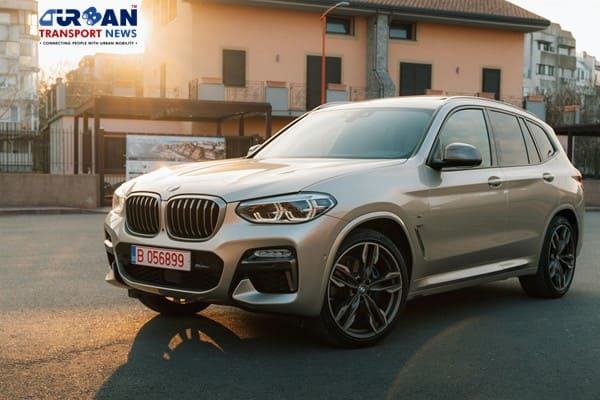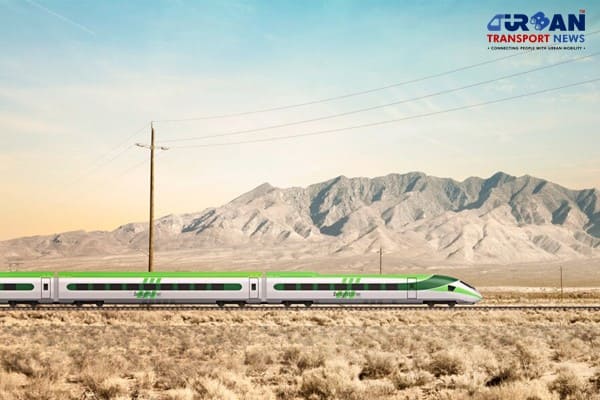 Qatar approves Saudi Rail Link Agreement, Accelerating Gulf Railway Vision 2030
Qatar approves Saudi Rail Link Agreement, Accelerating Gulf Railway Vision 2030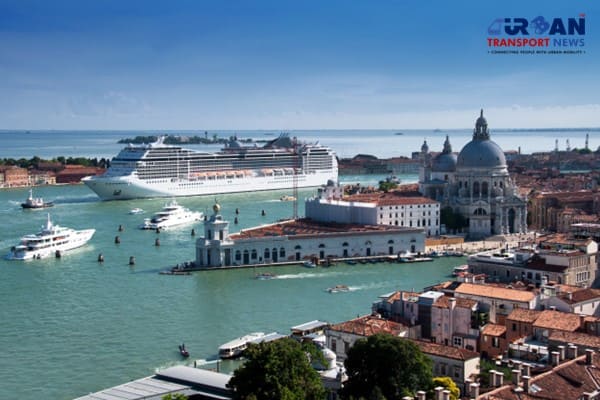 UP Govt plans to introduce Water Metro services in Ayodhya, Varanasi & Prayagraj
UP Govt plans to introduce Water Metro services in Ayodhya, Varanasi & Prayagraj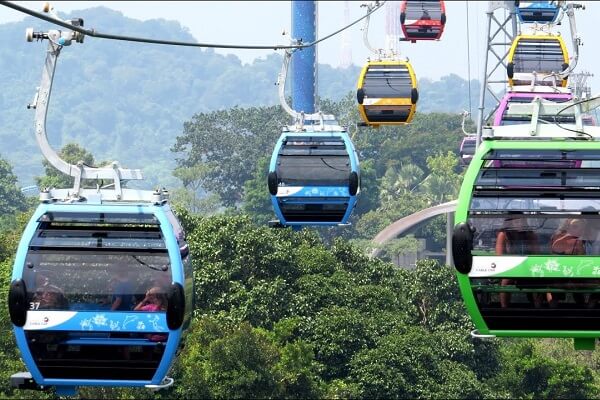 India’s First Urban Ropeway begins Trial Run in Varanasi, Set to carry 1 Lakh passengers daily
India’s First Urban Ropeway begins Trial Run in Varanasi, Set to carry 1 Lakh passengers daily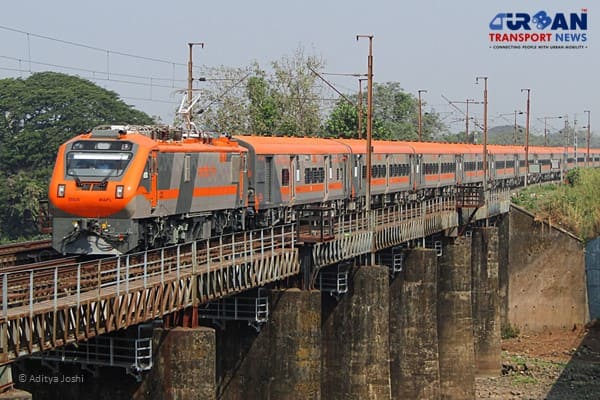 India and Bhutan to Build First-Ever Rail Link: ₹4,033 Cr Project to Boost Regional Connectivity
India and Bhutan to Build First-Ever Rail Link: ₹4,033 Cr Project to Boost Regional Connectivity Patna to launch Eco-Friendly Water Metro; Trial Run soon between Digha and Kangan Ghats
Patna to launch Eco-Friendly Water Metro; Trial Run soon between Digha and Kangan Ghats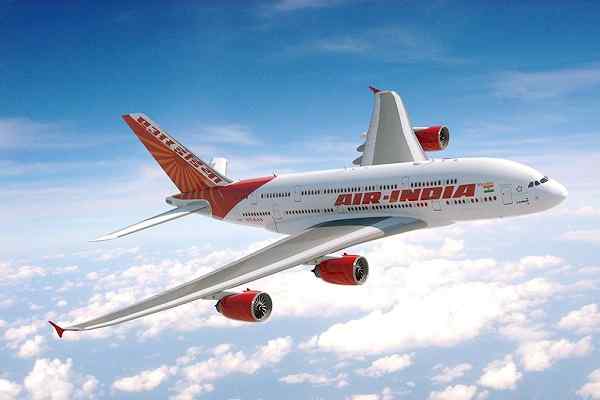 Air India Group set to launch Flights Operations from Navi Mumbai International Airport
Air India Group set to launch Flights Operations from Navi Mumbai International Airport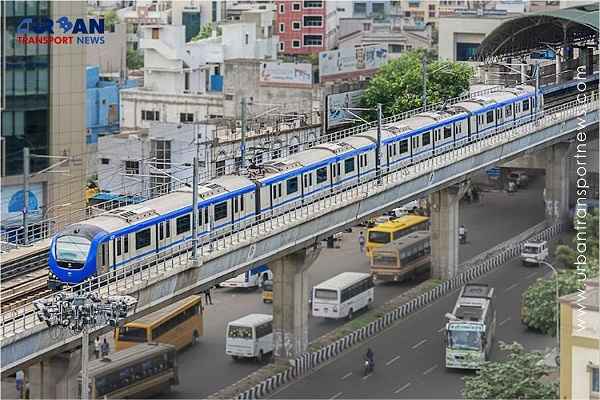 Chennai to launch 25-Year Mobility Plan with Unified QR Ticketing and One-App Transit System
Chennai to launch 25-Year Mobility Plan with Unified QR Ticketing and One-App Transit System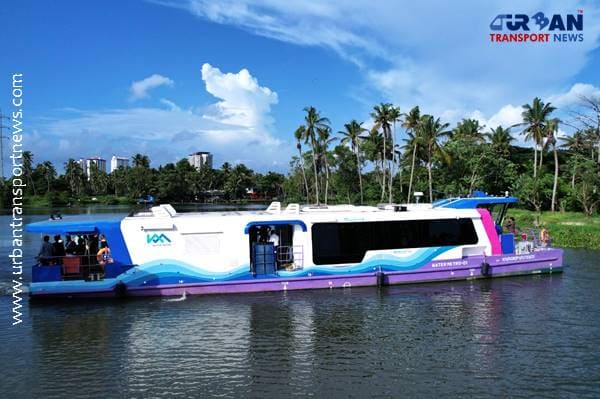 Kochi Metro bags ₹4.4 crore contract to prepare DPR for Mumbai Water Metro Proejct
Kochi Metro bags ₹4.4 crore contract to prepare DPR for Mumbai Water Metro Proejct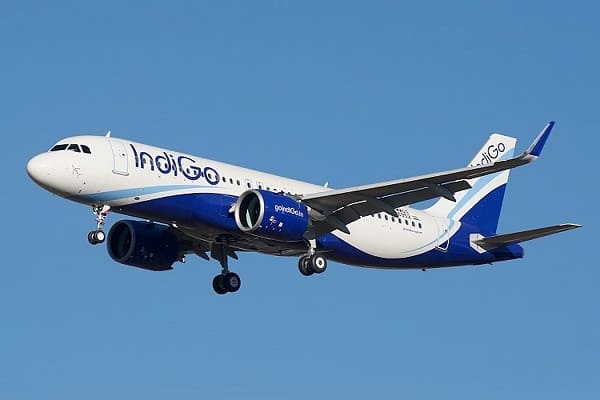 Navi Mumbai International Airport set for September launch; IndiGo and Akasa Air to lead Operations
Navi Mumbai International Airport set for September launch; IndiGo and Akasa Air to lead Operations Noida International Airport to be Inaugurated on October 30, Commercial Flights in 45 Days
Noida International Airport to be Inaugurated on October 30, Commercial Flights in 45 Days
The Golden Quadrilateral Turns At 25, Know All About India's Highways Adventure
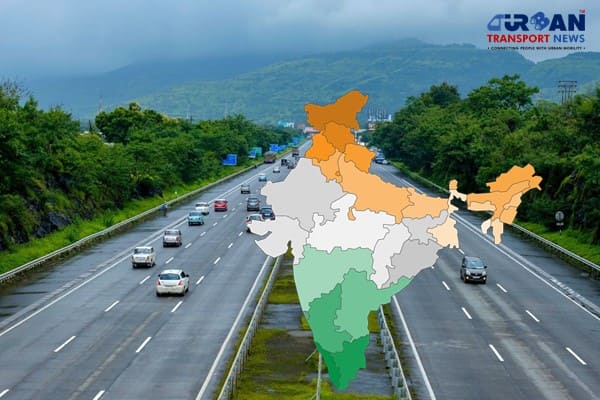
Ever wondered about those vast highways connecting India's major cities like Delhi, Kolkata, Mumbai, and Chennai? Join us on a journey to discover the marvel of the Golden Quadrilateral (GQ) – a 5,846-kilometer-long highway network shaping the way we travel!
Imagine a gigantic square with Delhi in the north, Kolkata in the east, Mumbai in the west, and Chennai in the south – that's the Golden Quadrilateral. This extensive network links major cities and hubs, making it the largest highway project in India.
Connecting the Dots (1999-2012)
The Golden Quadrilateral, initiated in 1999, aimed to reduce travel time between cities. It connects not only the four major metros but also hubs like Ahmedabad, Bengaluru, and Surat. The project was completed on 7th January 2012, after overcoming delays in land acquisition and contractor disputes.
Fun Fact: Did you know there are additional projects like the North–South and East–West corridors, extending connectivity from Srinagar to Kanyakumari and Silchar to Porbandar?
Building the Highway Dream
The National Highways Authority of India (NHAI) took charge of this colossal project. Safety features like guardrails and high-visibility signs were emphasized. The Mumbai–Pune Expressway, part of the GQ, became India's first controlled-access toll road.
Fun Fact: Infrastructure Leasing & Financial Services (IL&FS) played a significant role in developing the GQ project.
Unraveling History and Costs
The Golden Quadrilateral aimed to create faster transport networks between cities, reducing agricultural spoilage and promoting economic growth. Prime Minister Atal Bihari Vajpayee laid the foundation stone in 1999, with an initial completion target of 2006.
Budget Breakdown (1999-2012)
Initially estimated at ₹600 billion, the GQ was completed under budget. By January 2012, the Indian government had spent ₹308.58 billion, showcasing efficient project management.
Update Alert: Plans were announced in September 2009 to convert existing four-lane highways into six-lane ones, prioritizing sections of NH 2, NH 4, NH 5, and NH 8.
Route and Progress
National Highways form the backbone of the Golden Quadrilateral, with specific routes for each leg. Let's take a quick road trip through the connected cities.
Delhi–Kolkata: NH 44 and NH 19
Delhi, Faridabad, Palwal, Vrindavan, Mathura, Agra, Firozabad, Etawah, Kanpur, Fatehpur district, Prayagraj, Varanasi, Chandauli, Mohania, Kudra, Sasaram, Dehri, Aurangabad (Bihar), Sherghati, Dobhi Chauparan, Barhi, Bagodar, Dhanbad, Asansol, Durgapur, Bardhaman and Kolkata.
Kolkata–Chennai: NH 16
Kolkata, Kharagpur, Bhadrak, Cuttack, Bhubaneswar, Berhampur (Brahmapur), Srikakulam, Visakhapatnam, Rajahmundry, Eluru, Vijayawada, Guntur, Ongole, Kavali, Nellore and Chennai.
Chennai–Mumbai: NH 48
Chennai, Sriperumbudur, Kanchipuram, Ranipet, Vellore, Pallikonda, Ambur, Vaniyambadi, Krishnagiri, Hosur, Bengaluru, Tumakuru, Sira, Chitradurga, Davangere, Ranebennur, Hubballi-Dharwad, Belagavi, Kolhapur, Karad, Satara, Pune, Panvel and Mumbai.
Mumbai–Delhi: NH 48
Mumbai, Silvassa, Vapi, Valsad, Navsari, Surat, Bharuch, Ankleshwar, Vadodara, Anand, Nadiad, Ahmedabad, Gandhinagar, Udaipur, Chittaurgarh, Bhilwara, Ajmer, Jaipur, Gurgaon and Delhi.
Journey Across States
The Golden Quadrilateral traverses 12 states and a union territory, transforming Indian travel.
State-by-State Expedition
- Andhra Pradesh (AP): 1,014 km
- Uttar Pradesh (UP): 756 km
- Rajasthan: 725 km
- Karnataka: 623 km
- Maharashtra: 487 km
- Gujarat: 485 km
- Odisha: 440 km
- West Bengal: 406 km
- Tamil Nadu: 342 km
- Bihar: 204 km
- Jharkhand: 192 km
- Haryana: 152 km
- Delhi: 25 km
The Golden Quadrilateral Super Highways Construction
The construction of the Golden Quadrilateral Super Highways network commenced in 2001 and concluded in 2012. Initially estimated at Rs 600 billion, the project's completion cost was Rs 308 billion – nearly half of the estimated cost.
Funding the Dream
The project's funding included Rs 200 billion from petrol and diesel taxes, Rs 200 billion through external assistance, Rs 100 billion from market borrowings, and Rs 40 billion from private sector participation. This vast project was implemented through a public-private partnership (PPP) between the NHAI and contractors, who collected toll taxes along the highways for a specified concession period.
Additional Projects Under the NHDP
Under the second phase of the NHDP, the government embarked on the North-South-East-West Corridor (NS-EW). This ongoing project involves developing 7,300 km of four- to six-lane highways linking Srinagar, Kanyakumari, Kochi, Porbandar, and Silchar.
North-South Corridor (4,000 km)
Connecting Srinagar (Jammu and Kashmir) and Kanyakumari (Tamil Nadu).
East-West Corridor (4,000 km)
Linking Silchar (Assam) and Porbandar (Gujarat).
Construction Timeline
- 1999: The Golden Quadrilateral project was conceptualized. PM Atal Bihari Vajpayee laid the foundation stone on January 6, 1999.
- 2001: Construction of the Golden Quadrilateral project began.
- 2009: The conversion of existing four-lane highways into six-lane highways was announced.
- 2012: The Golden Quadrilateral Super Highways network is officially completed.
- 2013: The Golden Quadrilateral Super Highways became operational in July 2013.
The Golden Quadrilateral has transformed how we navigate India. It's not just roads; it's a lifeline connecting the nation's heart.
From Chaos to Convenience
Navigating bustling cities like Delhi and Mumbai is now more convenient. Picture the Golden Quadrilateral as India's expressway, weaving together the diverse tapestry of the nation.
In India's vast roadway tapestry, the Golden Quadrilateral stands tall. This highway project has reshaped travel and become an integral part of India's growth story.
Next time you hit the road, remember that the path you tread might be a part of the incredible Golden Quadrilateral. Whether a daily commuter or an occasional traveler, the GQ ensures your journey is swift and seamless.
